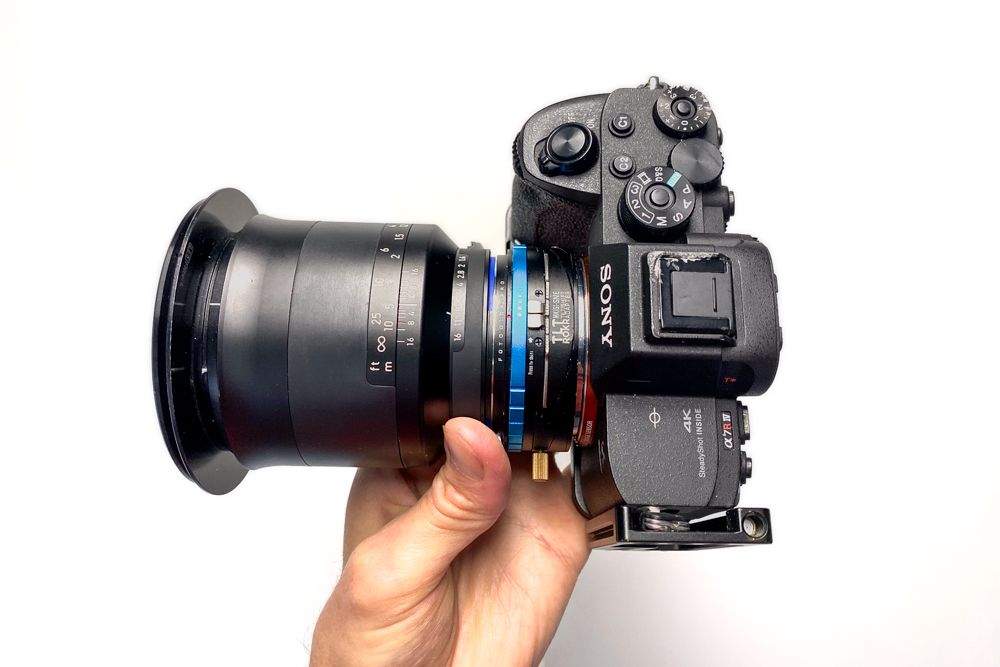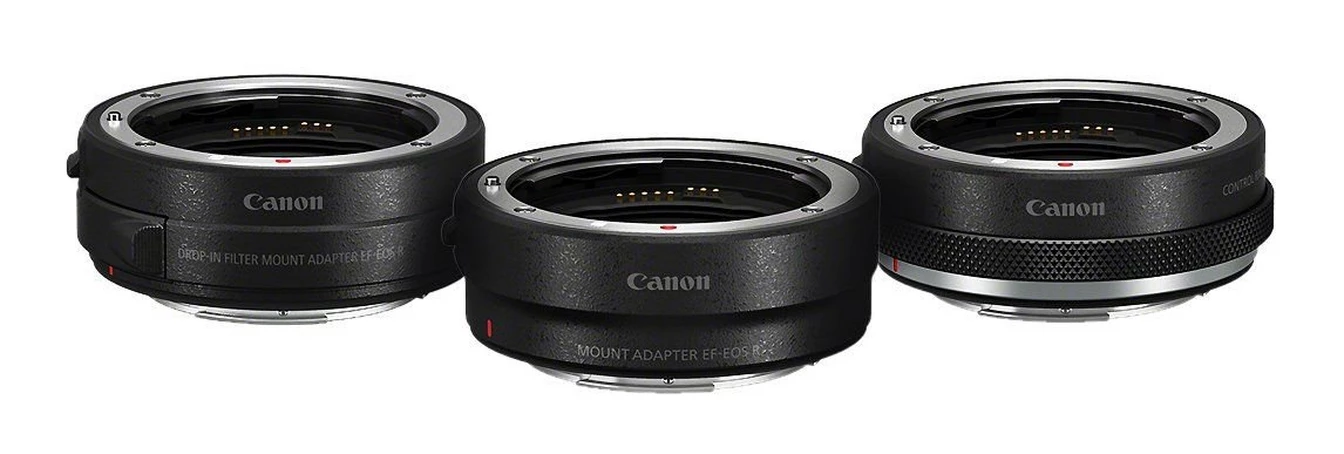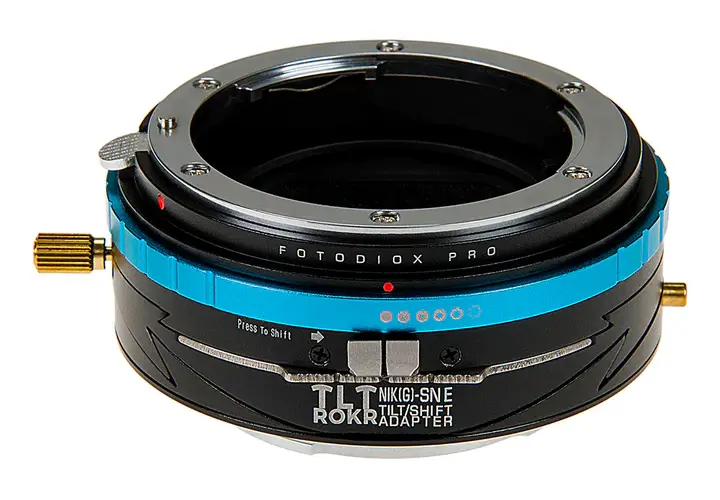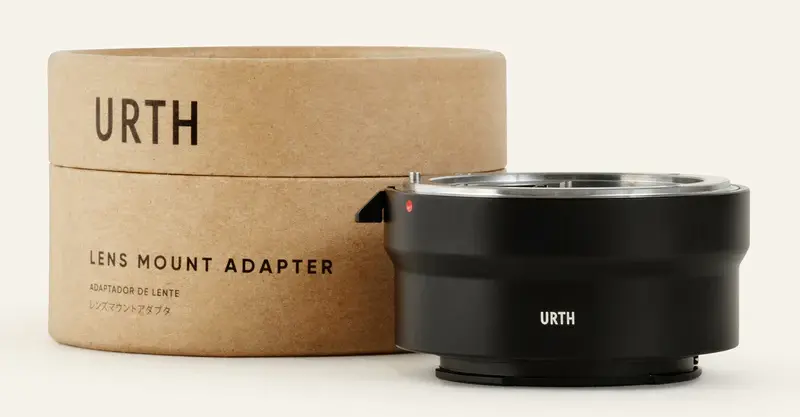
Unleash your mirrorless camera!
In recent years, lens adaptors have become a more familiar item in camera bags. These adaptors offer a relatively inexpensive solution for using your existing DSLR lenses on new mirrorless cameras. Of course, camera manufacturers have done a great job of advertising them as a ‘stepping stone’ to purchasing their shiny, new mirrorless cameras but did you know there are numerous third party adaptors on the market that allow you to fit a different manufacturer’s lens onto your new mirrorless camera as well as offer other solutions, too?

Typical manufacturer's adaptors allow you to fit their legacy DSLR lenses onto their mirrorless cameras using lens adaptors [above].
I mention this because recently I’ve been doing a number of camera club talks around the UK and what surprised me is how much attention my use of lens adaptors has garnered when talking to club members during the interval. You see, for over twelve years I’ve been using mirrorless cameras because they allow me to use my old Carl Zeiss prime lenses (originally designed to fit Nikon DSLRs) via an adaptor onto my Sony mirrorless camera. Of course, I could have upgraded these lenses but at considerable cost. I also love my Zeiss lenses as they produce a film-like quality that I find difficult to find in newer lenses. But it doesn’t stop there! One of the adaptors I use also allows me to tilt or shift the lens just like a dedicated perspective control (or tilt-shift) lens does. This allows me to ‘tilt-focus’ like I used to with my large format camera years ago. With the same adaptor I can also ‘shift’ to avoid converging verticals when photographing buildings. The difference is, at around £200, a typical tilt/shift adaptor costs a fraction of the price of a dedicated tilt/shift lens).

Workshops to help
Using tilt-shift adaptors are a great way to unleash creativity. However, the techniques required take some understanding to perfect. To help with this, I offer 1-2-1 tuition as well as group residential workshops all year round, so please take a look at my Workshops page for my latest workshop program.
Buying second-hand
Recently, prices of new camera equipment have sky-rocketed, so I have made a conscious effort to try and buy used equipment whenever I can (as already mentioned in previous articles). I also think recycling products in this way is doing my bit for the environment, too. Last year, for example, I decided to buy a Lensbaby Velvet 56mm lens to fit my Sony camera. After scouting the internet, I found these lenses selling for around £549.00 brand new. After checking Ebay, however, I bought the same lens for just £140 delivered! Although it was second-hand, it was mint on arrival in its original box. The only caveat was that it was designed to fit a Nikon camera but, of course, that didn’t matter because I already had a Nikon to Sony adaptor. But, even if the lens was designed for Canon (or whoever), I would have still purchased it because a third-party (non tilt/shift) Canon to Sony adaptor only costs around £39 - still a significant saving on a new canon fit Lensbaby lens.

These Urth adaptors offer great value for money, sturdy build quality and appear to have great company ethics, too [above].
One more thing; whilst the price of camera equipment in both the new and second-hand market is on the rise, this isn’t so for DSLR’s and the lenses that fit them as they are not only deemed old technology but there are many more of these lenses on the market, suppressing prices. This is great news if you wish to dabble with different manufacturer's lenses using adaptors!
Choose carefully
Be aware, however, that most adaptors do not pass electronics through them, so these are designed primarily for lenses with manual apertures (mostly prime lenses). Electronic adaptors do exist, however, but are limited to certain manufacturer combinations, so shop about and ask the advice of the retailer/seller before purchasing.
Manufacturers
Of course, lens adaptors themselves are relatively new, so buying these on the second-hand market is limited. However, they are relatively inexpensive anyway compared to purchasing new lenses, so here are a few links to my favourite adaptor manufacturers (in alphabetical order):
Unleash your creativity
As you can see, lens adaptors open up a large segment of the lens market that you couldn’t once access, giving you the ability to pick and choose lenses that suit your needs without breaking the bank. So why not have a go and see what a different lens does for your creativity?